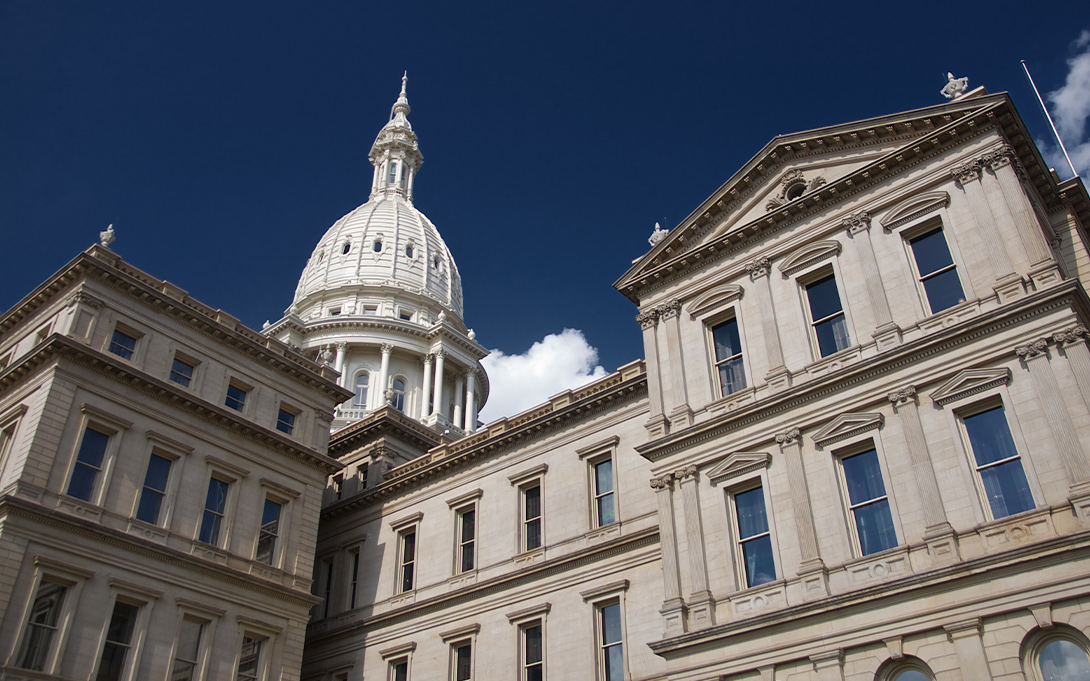
A majority of Michigan local leaders' assessments of their fiscal stress this year remain essentially unchanged compared to both 2021 and 2020, despite significant infusions of federal and state aid in recent years.
The findings come from the spring 2022 wave of the Michigan Public Policy Survey (MPPS), conducted between April 4 and June 6 by the Center on Local, State, and Urban Policy (CLOSUP). Since launching in 2009, the survey has reported on trends in fiscal health among Michigan local governments by asking local officials about a variety of measures.
One of the key measures it started tracking in 2014 is the Fiscal Stress Index. This measure captures a snapshot of local government fiscal health by asking local leaders to rate their jurisdiction's overall fiscal health on a scale of 1-10, where 1 is perfect fiscal health and 10 is fiscal crisis.
Statewide, 65% of local leaders rate their governments' fiscal stress as relatively low (a score of 4 or lower), while 7% say it is high (7 or higher). By population size, the state’s largest jurisdictions—those with over 30,000 residents—continue to report the most improvements in this measure of fiscal health.
Another measure looks at near-term changes. Statewide, 42% report they are better able to meet their fiscal needs in 2022 compared with last year, the highest percentage since the study began tracking in 2009. However, local officials say these are relatively small shifts, not significant changes. Meanwhile, compared with last year, 16% say they are currently less able to meet their needs (a decrease from 21% in 2021) and 39% report no change.
"Positive year-over-year improvements in fiscal health correspond to the higher percentages of jurisdictions that also reported increased revenue from property taxes, fees for services, and federal and state aid in 2022 compared to prior years," said Debra Horner, program manager of the survey.
In fact, more than half (54%) of jurisdictions report increases in federal aid, including 21% who say their federal aid greatly increased. However, these improvements were heavily concentrated among larger jurisdictions.
Michigan local officials' optimism is more restrained when looking one year into the future, compared with looking backward, but is still slightly improved compared to their predictions in 2021. Looking further down the road, however, there is increased long-term pessimism—up significantly from last year’s predictions. These future concerns come despite recent boosts of federal and state funding, such as the American Rescue Plan Act, to many local governments.
"As long as they are one-time infusions, even funding increases as large as with ARPA aren't going to solve long-term fiscal challenges, which are often tied to massive infrastructure needs as well as retiree pension and health care obligations," said Tom Ivacko, executive director of CLOSUP. "The state still needs to fix its system of funding local government."
"In 2022, the (survey) again finds mixed evidence for both optimism and concern regarding Michigan local government fiscal health overall," said Natalie Fitzpatrick, the survey's research area specialist. "Larger jurisdictions have seen a recent boost and most others are at least holding steady; however, that long-term pessimism shows that more fiscal support for local governments may be needed."
The survey is an ongoing census of all 1,856 general purpose local governments in Michigan conducted by CLOSUP. Respondents for the 2022 wave include village, township, city and county officials from 1,327 jurisdictions statewide.

